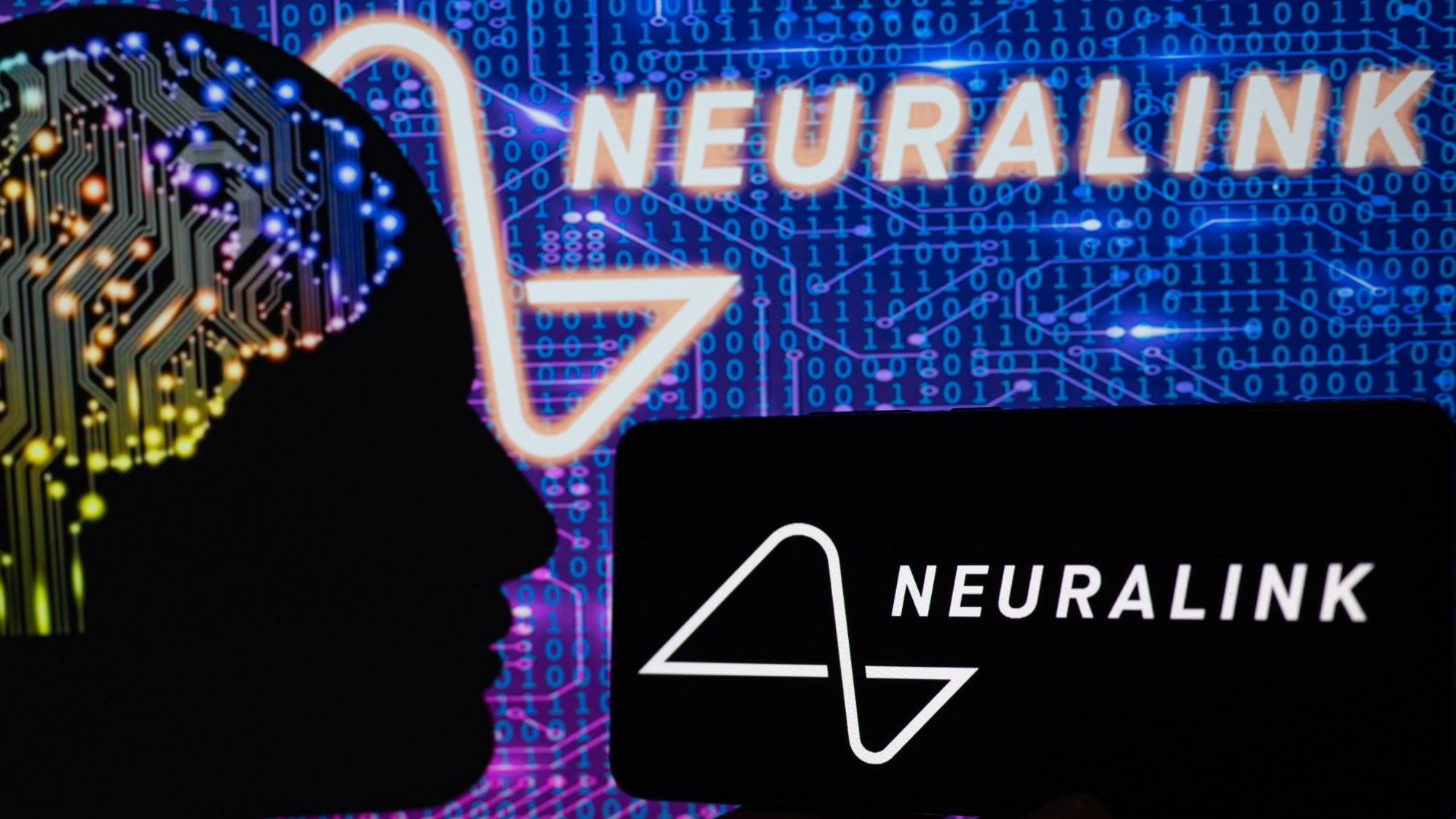
Noland Arbaugh is the first human to receive Neuralink’s brain implant. He recently took to the social media platform X to show off the capabilities of the device by controlling a computer with nothing but his brain during a livestream.
It sounds like Arbaugh, a 29-year-old man who was paralyzed from the shoulders down in a car crash eight years ago, uses the Neuralink brain implant for more than just moving a mouse cursor. During the stream, he talked about using the connection to play online chess matches and the popular strategy game Civilization.
Arbaugh also discussed the intuitive feel of moving the mouse cursor around using his mind. “I would attempt to move, say, my right hand left, right, forward, back, and from there, I think it just became intuitive for me to start imagining the cursor moving,” he said.
https://t.co/OMIeGGjYtGMarch 20, 2024
The stream was relatively short, around nine minutes, but it gave us enough of a taste to start imagining how a device like Neuralink’s brain implant could completely change the lives of people with paralysis.
From the outside looking in, it all seems magical. And for users like Arbaugh, it’s even more special. “I just can’t even describe how cool it is to be able to do this,” he explained.
“If y’all can see the cursor moving around the screen, that’s all me. It's pretty cool, huh?”
Noland Arbaugh
Human trials only started recently, as the US Food and Drug Administration authorized the Elon Musk-co-founded company to begin testing last year. In the fall, the firm started recruiting paralyzed participants to test out its tech, with Arbaugh being the first to show off the device's capabilities inside a human being.
The chip is placed into the user's brain using a surgical robot, which Neuralink developed for exactly this purpose. And while it sounds scary, Arbaugh said, “I think, like, there's nothing to be afraid of. The surgery was super easy. I literally was released from the hospital a day later.”
In January, Musk posted on X that Arbaugh was recovering well. He followed that up in February, saying that he was fully recovered and could control a computer using his thoughts. The shared stream confirmed the billionaire’s claims.
While the surgery and recovery appear to have gone smoothly, Arbaugh acknowledged that the struggle wasn’t over and that there was work left. “I don’t want people to think that this is the end of the journey. There’s a lot of work to be done,” he said. “But it has already changed my life.”
Besides Arbaugh, we don’t know how many test subjects Neuralink has using its brain implant. The company isn’t on ClinicalTrials.gov, so unless it announces the number itself, there’s no way to find out how many people are in and how they’re recovering.







